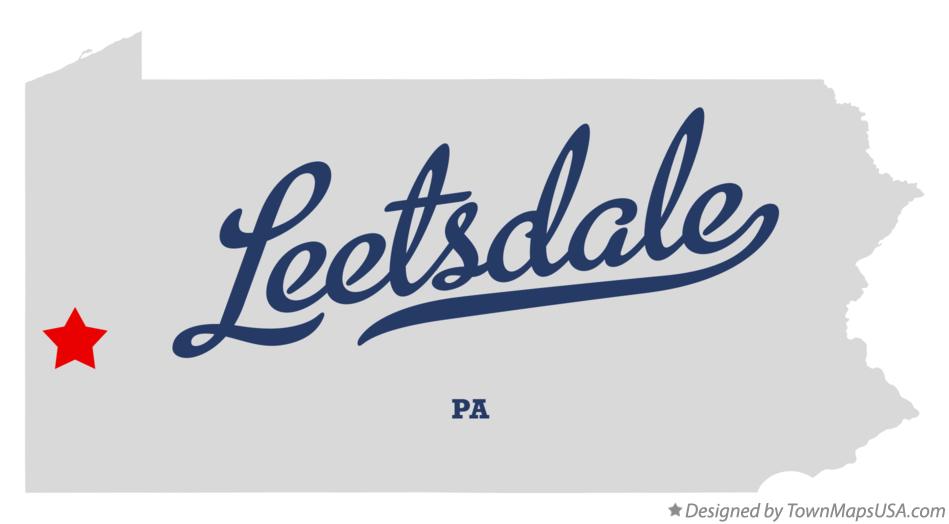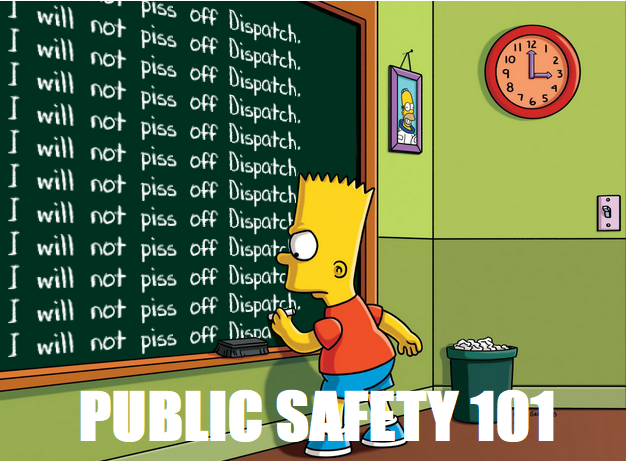Earlier this month, Quaker Valley School District’s new Communications Director, Angela Yingling, put out an e-mail newsletter detailing a population imbalance in the district’s two elementary schools:
Due to a change in demographics across the region and parent or district student reassignments, Edgeworth Elementary School has about 100 more students than Osborne Elementary School. According to (Superintendent) Dr. (Heidi) Ondek and principals Dr. Susan Gentile and Dr. Barbara Mellett, the disparity in numbers has created an imbalance in opportunities for students. All three agree that it is imperative to discuss both a short-term and long-term solution.
The Sewickley Herald provided Page One coverage of this issue in its February 19 edition. The story included multiple, elaborate graphics in the online edition that served to both illustrate and break down the nature of the enrollment gap.
The Herald also reported on February 5 that the school district had hired Dr. Shelby Stewman of Carnegie-Mellon University to analyze demographic trends within the district. At least one board member was quoted in the story as expecting greater clarity in how to plan enrollment and building projects with the data received from Dr. Stewman’s study.
This immediately brought to mind another population disparity within the district, one that I first covered in a post from May 2013. In this overview prior to that year’s primary election, I outlined what appeared to be an imbalance in the population of the school district’s 3 voting regions.
As the above graphic illustrates, three board members are elected from each region, including Region II, which consists of just Sewickley Borough. As of the 2010 Census, this region comprises only 27.5 percent of the total district population. Compare this to Region III, which consists of seven municipalities and accounts for 42.1 percent of the population – 2,000 more people than Region II – but is still represented by only three board members.
These voting regions have remained the same since at least 1981, when I mounted a losing effort for a party nomination for Region I school director in that year’s primary.
Aleppo Township, second only to Sewickley in population within the school district, is seeing the potential for additional future residential development, with the recent extension of sewer service from Sewickley’s sewer system to several township areas.
Should Dr. Stewman’s study predict even more growth for Region III – which arguably contains more land area that could be developed than Sewickley does – is the board prepared to address voting region boundaries, in order to achieve a greater balance of representation among the district’s populated areas?
I posed this question to Ms. Yingling in an e-mail earlier this month. She replied on February 18, stating she would forward my questions to board members. To date, I have yet to receive a reply from any board member. For those interested, board member e-mail addresses are available here.
I’m hopeful that the board will see the issue of voting regions as something worth at least a careful evaluation, especially with fresh demographic data expected in a few months. There are recent, local examples of citizens forcing the issue when representation does not adjust for population.
Have a good week and month ahead.



































Pingback: Post-Election Digest – Old, New, Absent, Through | John Linko
Pingback: Quaker Valley School Board Election – The Long and Short of it | John Linko
Pingback: 2023 Campaigns and Beyond – Quaker Valley School Board | John Linko